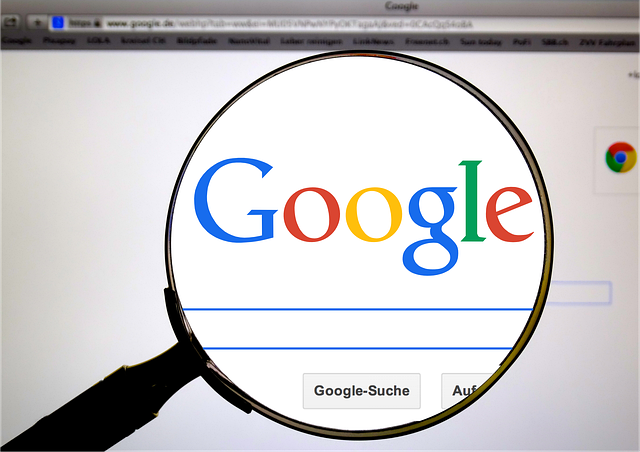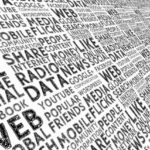The Internet of Things has rapidly burst into our lives and continues to develop and improve. So, last year the IoT market was estimated at $212 billion, while by 2025, it could be $1,567 billion. Many believe this is of great importance only for the healthcare system, but in practice, we see that this is not entirely true. Gradually, this can be used in different industries, which can affect the improvement of life in general.
What is the Internet of Things (IoT)?
So, IoT is various gadgets that have an Internet connection. Many people think that they are limited exclusively to smartwatches. Still, their list includes multiple sensors that read information and transmit it via the Internet to another device, such as a smartphone or computer. As a result, such sensors can be used in various industries.
Healthcare app testing allows you to produce high-quality devices for monitoring the state of human health. However, IoT can find its way into many other industries as well.
Air pollution and IoT
IoT can easily be used with air quality control. So, in some world cities, sensors are already being placed that record air readings in real-time. The system will immediately transmit this information to the main computer when there is contamination in the air. Thus, as soon as there is a gas leak somewhere or a significant release of hazardous substances into the atmosphere at a metallurgical plant, the relevant authorities will immediately know about it and be able to correct the situation quickly.
In addition, IoT can help to reduce vehicle emissions significantly. So, IoT traffic lights can adjust their work to the traffic intensity and reduce the number of idle cars because they emit much carbon dioxide into the atmosphere.
Don’t forget that any IoT device has to be tested properly before use. If this step was skipped, the data that will be provided from such devices may be inaccurate or even untruthful. For questions about testing IoT devices https://testfort.com/iot-testing, don’t hesitate to contact a specialized software testing company with extensive experience in this field and many certified specialists.
Agriculture and IoT
Many farmers have long appreciated the benefits of using IoT in agriculture. For example, they can use sensors to monitor rainfall levels and, based on that, decide how much water a given crop needs. In addition, they can also measure the number of sunny days, soil composition, and other indicators to understand what fertilizers to apply. The practice has shown that with the correct use of this technology, farmers can increase their yield by 10%.
In addition, today, some systems are similar to smart homes for livestock farmers. So, sensors measure the temperature in a barn or in another room where animals live and set the most comfortable temperature, air humidity, and lighting. It allows you to create the necessary level of comfort for the animals, and then they grow faster. It is vital for newborn calves, lambs, chickens, and ducklings.
To create such an IoT, unique software is used, which is being developed by a large team of specialists. Different types of functional testing are used to check how correctly such software works. It allows you to make sure that the program works correctly.
Wildlife and IoT
Human activity leads to the extinction of various species of plants and animals, negatively affecting the ecology. IoT can help save endangered species. This can be used to study the behavior of different animals, including migration, mating, and feeding. By observing endangered species, we can identify factors that threaten specific animals, such as deforestation and poaching.
In addition, the safety of forest areas can be ensured with the help of drones with artificial intelligence. As soon as they fix deforestation or poaching, they will immediately transfer this information to specialized authorities, and the problem will be eliminated.
It will also be an excellent solution to install cameras and motion sensors, which will also help to identify poachers faster.
Water and IoT
Water quality is of great importance for any living organism on earth. With the help of IoT, humanity can track the performance of water in rivers and oceans, as well as identify the causes that lead to deterioration in quality (emissions, discharge of raw sewage, illegal fishing, illegal release of solid waste into water, and much more).
For example, according to Indiana University, the IoT sensor system prevents at least 3.8 billion liters of raw sewage from entering the river annually. If installed everywhere, it will significantly improve the water quality throughout the planet.
Waste
IoT can be successfully used in the utility sector. Containers with sensors can collect fill level, temperature, and location data. Garbage collectors can then have an automated route planned for them that prioritizes areas in urgent need of collection. It will reduce fuel consumption and quickly remove garbage in those regions where it is needed.
It helps to avoid the landfills that plague regions around the world. This technology is already being effectively implemented in Cascais, Portugal.
Related Posts
Hi there! I’m Sethu, your go-to guy for all things tech, travel, internet, movies, and business tips. I love sharing insights and stories that make life more interesting. Let’s explore the world together, one article at a time!











